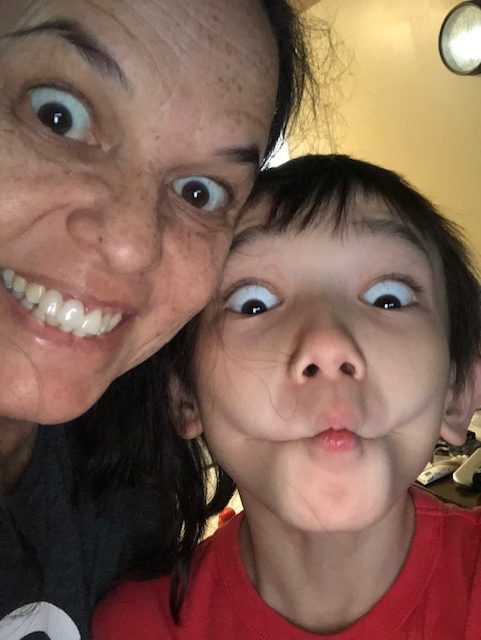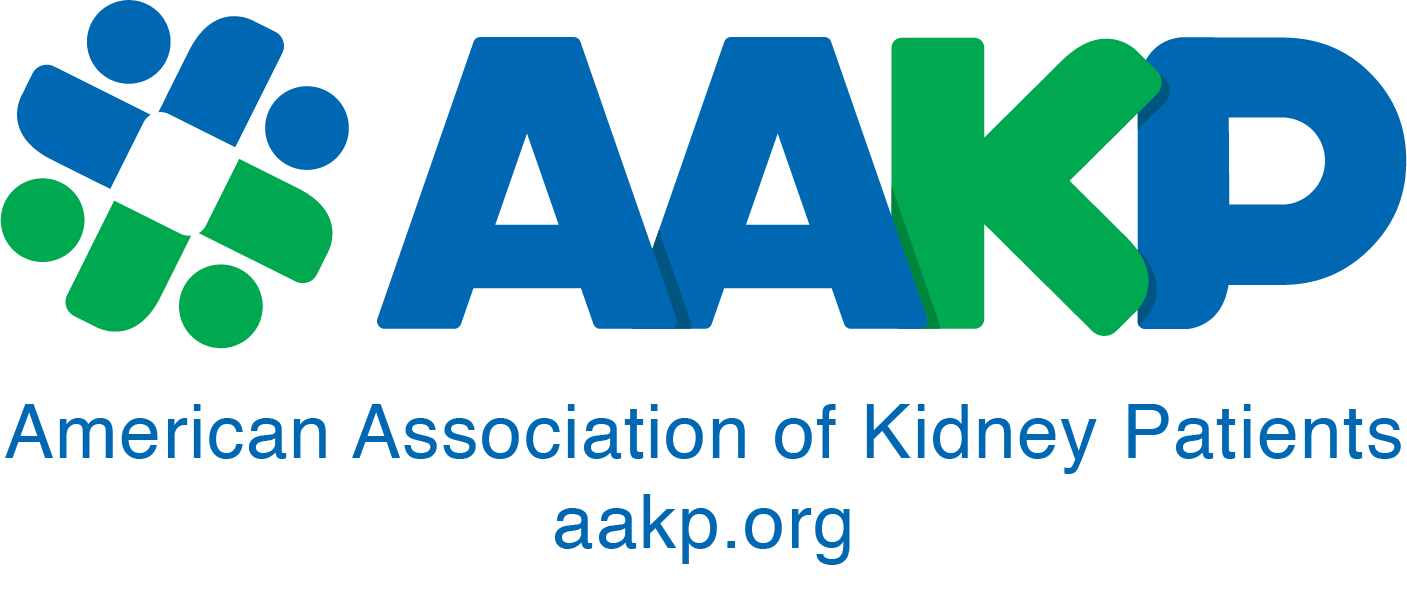Christie was 21 years old when she collapsed and had to be rushed to the emergency room. She was diagnosed with Vesicoureteral Reflux, which had caused her to have bladder infections throughout her childhood and also caused kidney damage. The urologist told Christie that her kidneys were small, “the size of golf balls, instead of the size of fists,” and had been shrinking for many years. Surgery treated her Vesicoureteral Reflux, but it would only delay dialysis for about 10 years since kidney damage had already occurred.
In 2006, at the age of 31, Christie’s kidney function failed and she began in-center hemodialysis. Finding the right dialysis access for her and her body proved to be difficult. She tried multiple devices—her veins were too small for a fistula and a graft kept getting clogged. Because these methods didn’t work for Christie, she relied on a catheter in her neck for dialysis treatments.

Upon beginning dialysis, she had immediate side effects including headaches, fatigue, and itching, known as Chronic Kidney Disease-Associated Pruritus (CKD-aP). She tried taking over-the-counter medicines such as an acetaminophen and antihistamine for these issues, but they did not work for her. She did not seek additional help because she thought that they were the “normal” side effects of dialysis.
A few months into dialysis, she also began having stomach problems, and later started to have seizures. Her doctors prescribed epilepsy medicine for her seizures, which subsided, but she then began suffering from severe nerve pain during dialysis.
Christie’s dialysis took place in the evenings, which she preferred because she could use the time to sleep or make progress toward her bachelor’s degree in psychology. However, one evening, she experienced a life-threatening incident when the port fell out of her neck and onto the floor while she was sleeping. She woke from her dreams after feeling a warm sensation. Her blanket was soaked in blood and there was a pool of blood under her chair. She tried to scream for help, but her voice failed her. There were no nurses around and all the patients near her were sleeping. In addition, her machine was not making any alarm sounds to alert the staff of the dislodgement. When a nurse finally discovered her, she was rushed to the nearest hospital, where she received multiple blood transfusions.
After more than three difficult years on dialysis, Christie finally received good news from her transplant center, and in April of 2009, she received her first kidney transplant from a deceased donor at Johns Hopkins Hospital.
During her first year with her new kidney, she experienced many infections. Eventually, things improved and Christie was able to return to work and school full time. She and her husband, Rodney, got pregnant and had their son, Trevor, in 2012. Christie also received her bachelor’s degree in psychology and began pursuing her master’s degree.
But in 2015, Christie got a headache that would not go away. After a week, she was in a constant state of not being able to focus, and headache was so painful that she could not go to class or take exams. Then, her husband noticed that her mouth was drooping and her speech was off. She went to the emergency room and was told she was having a mini stroke and that her transplanted kidney was going into rejection.
Unfortunately, her donor kidney could not be saved and she once again began in-center hemodialysis. This time, Christie started with a catheter as her access, but later was able to successfully receive a new graft.
Many of her dialysis issues started again, including headaches, stomach issues, and itching, and acetaminophen and antihistamines were still no help. Her nerve pain was the worst side effect, eventually learning from her nephrologist that she was allergic to all available dialyzers. She suffered every dialysis session.
Dialysis technicians informed her that she could end her treatments nine minutes early and not be written up for it. The pain was so severe that she would count down the seconds until she could sign off nine minutes early. She wanted to be compliant, but was suffering, and no relief was found until the session was complete.
In addition to being back on hemodialysis, Christie developed heart issues. She was diagnosed with dilated cardiomyopathy and the left side of her heart was enlarged. To once again get on the transplant waitlist, she was required to go to heart rehab to improve her infraction percentage. Christie went to rehab three times per week to work with a trainer and successfully got back on the kidney transplant list.
In September 2017, she received her second kidney transplant from a deceased donor. There have been a few bumps in the road, including a low white blood count, pneumonia, and infections, but she is doing well today!
Originally from the state of Hawaii, Christie now resides in Delaware and homeschools Trevor, who has been diagnosed with attention-deficit/hyperactivity disorder (ADHD) and autism. With her busy schedule, she enjoys being a kidney advocate and is an AAKP Ambassador. As a kidney warrior, Christie shares below tips for patients in hopes to help them have a better dialysis experience.
Things I wish I knew before dialysis:
✓ If you are going to in-center hemodialysis, get to know the facility care team, including the dialysis facility manager. Don’t be shy about anything that doesn’t seem normal or typical for you—talk to the staff about any and all problems or side effects you are experiencing.
✓ Learn about the possible side effects from dialysis, even though they may not be considered common. Don’t sit and suffer if something is wrong.
✓ Monitor your own health. You know yourself and your body best. If you start to feel anything abnormal, notify the dialysis center staff and follow up with your nephrologist. Even if fellow patients tell you it’s normal, it may not be normal for YOU.
Additional Resources:
Understanding Your Hemodialysis Access Options brochure: https://bit.ly/AAKP-DialysisAccessOptions
National Itch Day is on June 3. Read more about kidney disease and itching: https://bit.ly/StopTheItch
























